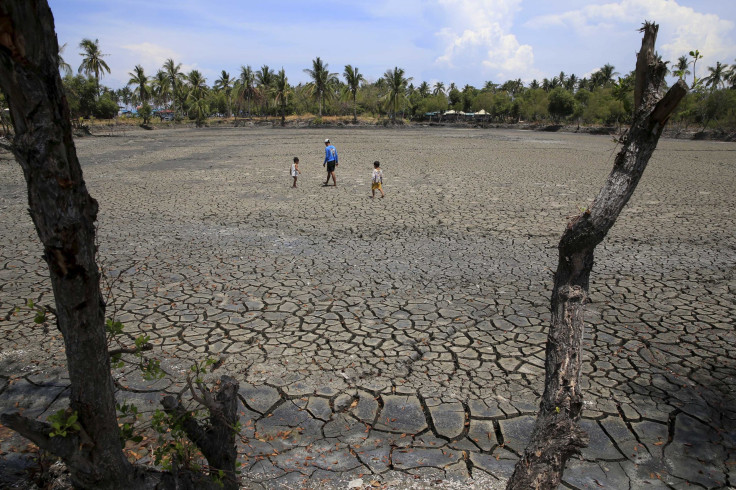Experts warn extreme conditions on developing strong, lengthy El Niño

Extreme conditions at wide range of effects could be brought by developing strong and lengthy El Niño this year, 2015, according to a National Geographic report. Water in parts of the Pacific Ocean is “warmer-than-usual,” which experts say indicates an intensifying El Niño.
Meteorologists warn the developing phenomenon might become one of the strongest on record as possible effects are unsettling than usual, including heavy rainfall and flooding, drought, powerful hurricanes in the Pacific, and winter tornadoes in some US states. In addition, Jeff Masters, meteorological director for the Web site Weather Underground, said climate change “could lead to some surprising effects,” but it’s hard to predict what those effects might be.
Human-induced climate change is not yet considered by scientists as a factor in the developing El Niño, the report indicated. But at present, California and Mexico are experiencing warmest water temperatures on record, and that could stimulate powerful rainstorms that will cause flooding worse than previous storms, Masters said.
Another growing condition is the cut off of flow of nutrients due unusually warm water off the Peruvian coast that may reduce the catch of commercial fishermen, and affect Peru’s economy. The Peruvian officials have declared a state of emergency on expectation of heavy rainfall and flooding this winter, Masters stated.
The effect of El Niño has already brought tropical storms since mid-May in the Pacific, and three of those have become very powerful hurricanes with winds exceeding 130 miles per hour or 209 kilometers per hour, as warmer water produces more powerful thunderstorms.
The developing El Niño could also bring rain to California in the later part of 2015, but experts consider it may help the state on its water shortage. But still, it carries a risk. Back in 1982 to 1983, the same condition caused flooding in California and the southern US. Ecuador and northern Peru also experienced heavy rains in the season which affected the plant growth and attracted swarms of grasshoppers, followed by a surge in toad and bird populations, and huge increase in mosquitoes and, subsequently, an uptick in malaria.
The unusual 1982-83 El Niño also affected wildlife, Hurricane Research Division meteorologist Neal Dorst said. “It’s altering their ecological conditions, the warmth of the water and the amount of rain,” he stated. During the phenomenon, seabirds on Christmas Island abandon their young, fish from Chile to British Columbia left in search of more temperate waters, fur seals and sea lions died, and officials in Hawaii was worried for the massive die-off of corals in Galapagos Islands.
Another strong El Niño occurred in 1997-98, that brought deadly flooding on Peru and Ecuador. But it was not all storms, the report notes. Masters said the condition led to severe drought in Indonesia, along with unusually high temperatures that caused huge forest fires larger than US state Indiana.
With all the previous conditions, the report noted past data is not enough for precise predictions, and it's too early to tell whether this El Niño will set any records. Scientists will have to wait for a third strong El Niño to help improve their predictions for the fourth, the report noted.
Contact the writer at feedback@ibtimes.com.au




















